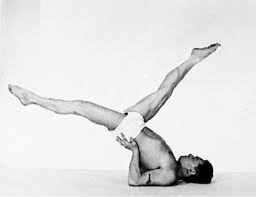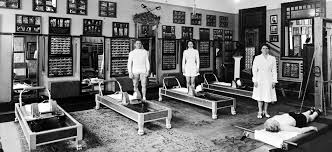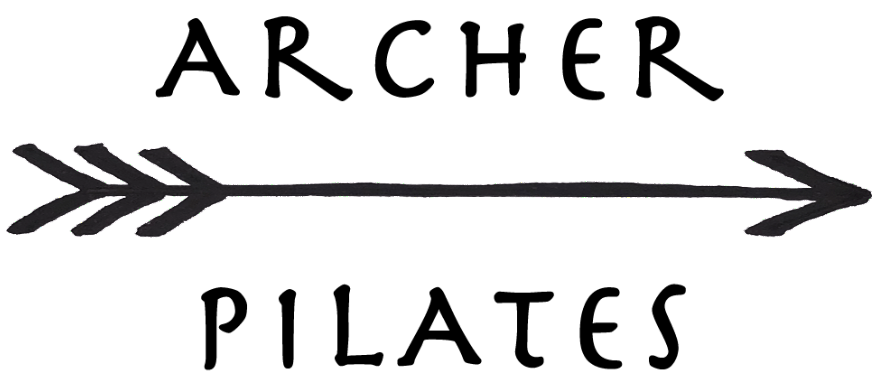
From an early age Joseph Pilates developed an exercise regime to help him improve his own health and physical strength.
During World War 1 he built on his regime and developed rehabilitation programmes to help those who had been injured, adapting beds with straps pulleys and springs.
These can be seen as the initial ideas that he later developed into the Reformer and Cadillac equipment, that is still used today.
In 1926 he set up his first studio in New York to teach his method, Contrology.
His students were trained in his methods and then encouraged to set up their own studios to develop and share the method.
Joseph was extremely disciplined and passionately believed in his method as a way of life.


Joseph believed Contrology develops the body uniformly, corrects wrong postures, restores physical vitality, invigorates the mind and elevates the spirit.
After his death in 1967, Contrology became known as Pilates.
Today, Pilates is taught worldwide and is still gaining in popularity, due to it's benefits to a wide cross section of the population, from young to old and those recovering from injury.
Current Pilates teachings work on 6 guiding Principles identified from the foundation of Joseph's original method:
BREATHING
- the link between mind, body and spirit. It can promote awareness, enhance movements and aid relaxation. Joseph Pilates designed his method to enhance the body's nourishment through breathing.
CENTRING
- all movement should originate from the centre (abdomen, lower back & pelvis), and is fuelled by the breath.
CONCENTRATION
- allows the mind body connection to engage specific muscles and enhance performance. Concentrating on alignment allows smooth balance movement. Concentrating on breath will encourage focus and a flow to the exercises.
CONTROL
- the quality of the movement is improved through practice. Greater control produces better alignment, coordination, balance and the ability to perform a number of repartitions of the exercise, without excessive muscle tension.
PRECISION
- small corrections to alignment and execution mean movements are felt much more profoundly.
FLOW
- movements should appear fluid and flow seamlessly into each other.
